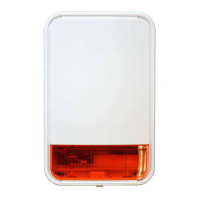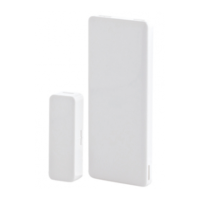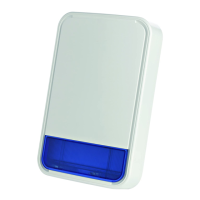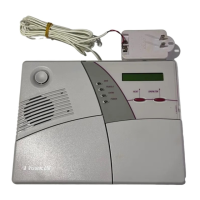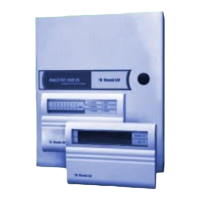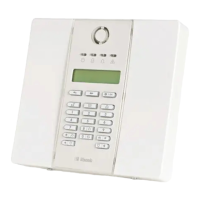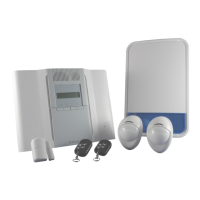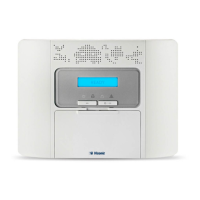SMD-426, SMD-427
30 D-302758
• Explain to children what the smoke detector alarm signal means. Teach them that they must be prepared to
leave the home by themselves if necessary. Show them how to check to see if doors are hot before opening
them. Show them how to stay close to the floor and crawl if necessary. Show them how to use the alternate exit
if the door is hot and should not be opened.
• Decide on a meeting place which has a safe distance from your house. Make sure that all your children
understand that they should go and wait for you there if there is a fire.
• Hold fire drills at least every 6 months, making sure that everyone, even small children, knows what to do to
escape safely.
• Know where to go to call the Fire Department outside your home.
• Provide emergency equipment, such as fire extinguishers, and teach your family to use this equipment
properly.
10.3 More Tips on How to Face a Fire at Home
If you have made an escape plan and practiced it with your family, their chances of escaping safely are
increased. Go over the following rules with your children when you have fire drills. This will help everyone
remember the rules in a real emergency.
A. Don't panic and stay calm. Your safe escape may depend on thinking clearly and remembering what you
have practiced.
B. Get out of the house as quickly as possible. Follow a planned escape route. Do not stop to collect anything or to
get dressed.
C. Feel the doors to see if they are hot. If they are not, open them carefully. Do not open a door if it is hot. Use
an alternate escape route.
D. Stay close to the floor. Smoke and hot gases rise.
E. Cover your nose and mouth with a wet or damp cloth. Take short, shallow breaths.
F. Keep doors and windows closed. Open them only if you have to in order to escape.
G. Meet at your planned meeting place after leaving the house.
H. Call the Fire Department as soon as possible from outside your house. Give the address and your name.
I. Never go back inside a burning building. Contact your local Fire Department. They will give you more ideas about
how to make your home safer from fires and how to plan your family's escape.
11. STATEMENTS OF COMPLIANCE
WARNING! Changes or modifications to this unit not expressly approved by the party responsible for
compliance could void the user's authority to operate the equipment
The digital circuit of this device has been tested and found to comply with the limits for a Class B digital device,
pursuant to Part 15 of the FCC Rules. These limits are designed to provide reasonable protection against harmful
interference in residential installations. This equipment generates, uses and can radiate radio frequency energy and, if
not installed and used in accordance with the instructions, may cause harmful interference to radio and television
reception. However, there is no guarantee that interference will not occur in a particular installation. If this device does
cause such interference, which can be verified by turning the device off and on, the user is encouraged to eliminate
the interference by one or more of the following measures:
– Re-orient or re-locate the receiving antenna.
– Increase the distance between the device and the receiver.
– Connect the device to an outlet on a circuit different from the one which supplies power to the receiver.
– Consult the dealer or an experienced radio/TV technician.
This device complies with the essential requirements and provisions of Directive 1999/5/EC of the European
Parliament and of the Council of 9 March 1999 on radio and telecommunications terminal equipment.

